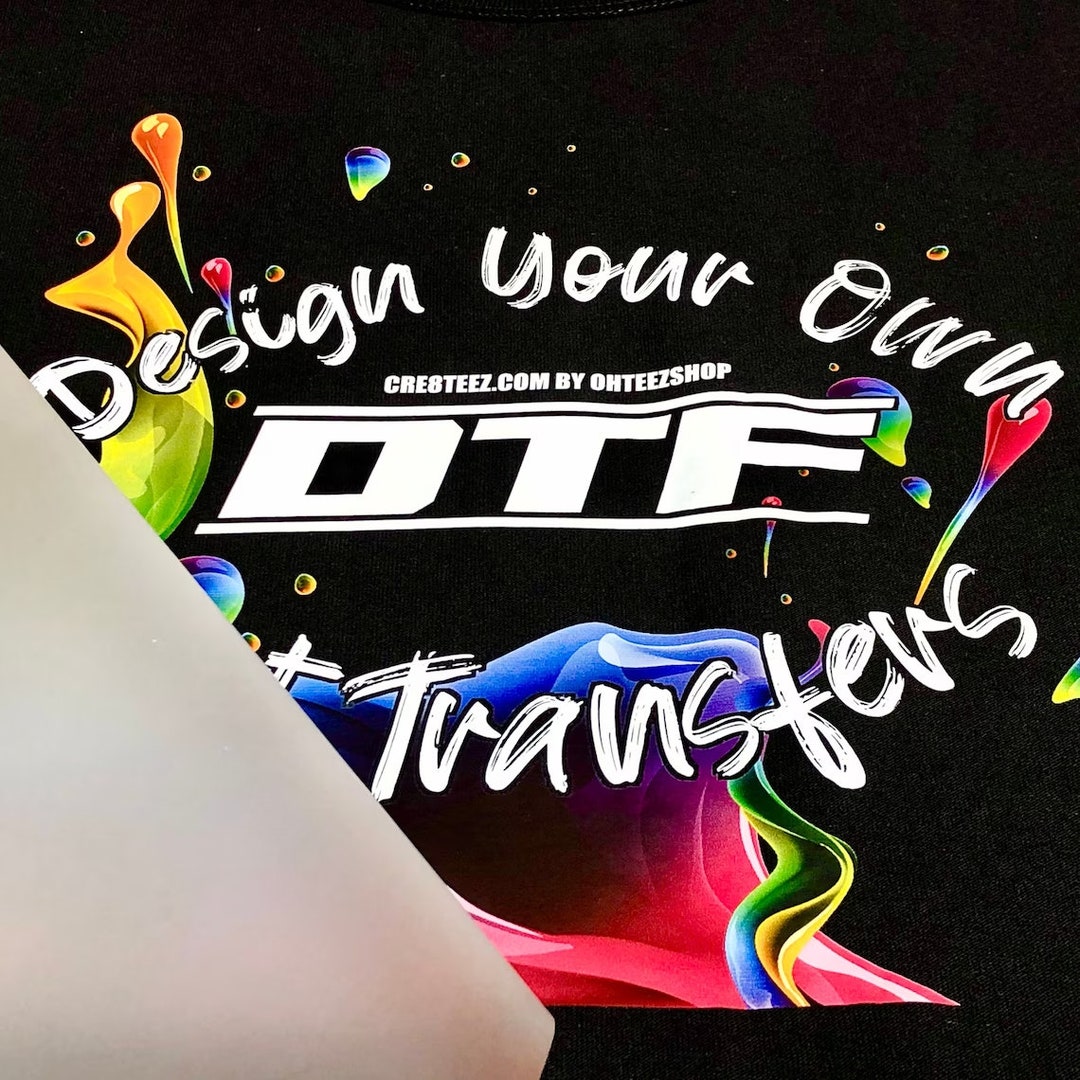In the dynamic world of fashion, customization has turned into more than just a trend; it has changed into a way for customers to express their individual identities. Among the various advancements driving this evolution, DTF transfers have emerged as a game-changer in the realm of personalized apparel. Direct to Film (DTF) transfers allow for colorful, high-quality designs to be created and transferred onto apparel with simplicity, making it simpler than ever for customers to showcase their personal styles.
As we immerse ourselves in the thrilling landscape of custom DTF transfers, we investigate how this technology is changing the fashion industry. With the potential to create detailed and custom designs, it allows both creators and consumers. From independent businesses offering custom-made items to customers crafting their own customized pieces, DTF transfers are transforming how we view clothing and personal expression. This article will review the exciting possibilities that custom DTF transfers bring to the future of custom fashion.
What are DTF Transfers?
Direct to Film transfers, or DTF transfers, represent a method of printing graphics onto a special film, which can then be applied to textiles. This innovative printing process enables colorful and detailed images to be seamlessly transferred to multiple garments. With DTF, the designs are created using top-notch ink, that bonds with a specific film that can handle the heat of the transfer process.

The method begins by applying the intended artwork onto a film using a DTF printer. After production, a hot-melt adhesive powder is added to the wet ink, which is then finished to create a ready-to-use transfer. This transfer can be used on a diverse fabrics, making it a adaptable choice for bespoke apparel. The result is a long-lasting and high-resolution transfer that retains its quality through numerous washes.
DTF transfers have gained popularity due to their power to create customized and distinct designs. They are perfect for bespoke DTF transfers on clothing such as t-shirts, hoodies, and even complementary products. This technique offers a blend between superiority and efficacy, empowering businesses and individuals to produce small or large quantities of personalized apparel with convenience.
Advantages of Bespoke DTF Transfers
Custom DTF transfers offer unparalleled versatility in the world of fashion. They allow for detailed designs and vibrant colors that can be seamlessly applied to a range of fabrics. This adaptability makes DTF transfers suitable for various applications, from personalized clothing to distinctive promotional items. Designers and brands can easily experiment with various styles, creating tailored pieces that genuinely reflect personal tastes and preferences.
Another significant advantage of custom DTF transfers is their longevity. Unlike certain traditional printing methods, DTF transfers are known for their ability to withstand numerous washes without fading or peeling. This durability ensures that custom designs maintain their integrity and visual appeal over time. For consumers, this means a better value in their wardrobe, as personalized pieces can be enjoyed for years, standing up to the challenges of everyday wear.
In addition to superior quality and durability, bespoke DTF transfers promote eco-friendliness in the fashion industry. Many DTF transfer processes employ water-based inks and sustainable practices, making them a greener option compared to other printing techniques. As consumers become increasingly aware of their environmental impact, choosing custom DTF transfers not only enhances personal style but also supports a more eco-friendly approach to fashion, aligning with the values of modern shoppers.
Method to Make Custom Designs
To start designing custom artwork for custom DTF prints, you have to have a distinct concept of that which you desire. Whether it's a one-of-a-kind graphic, a beloved quote, or a combination of shades and textures, brainstorming is essential. Gather inspiration from different sources like online galleries, fashion platforms, or social media channels. Once you have your concepts, sketch them out or create a visual board to visualize your concepts. This will assist you enhance your creation and guarantee it shows your individual style.
Then, you'll need to choose the right software for creating your transfer. Programs like Adobe Illustrator, CorelDRAW, or including free alternatives like Canva provide a selection of tools to design high-quality graphics. When designing, keep in mind the dimensions and resolution suitable for DTF transfers. Aim for a least of 300 DPI to guarantee your images maintain sharpness and brightness when printed. custom dtf transfers be afraid to play around with shades, typography, and layout until you are satisfied with your final design.
At last, once you have your artwork prepared, it's moment to get it for printing. Confirm that your files are in the proper format, typically PNG or TIFF, to best capture the precision and hues. Depending on your printer's features, you may also need to modify settings for best results. After printing, follow the application directions for the DTF design to guarantee adhesion and longevity on your chosen fabric. With these steps, you can make your custom designs to fruition and show your personal style through bespoke DTF designs.
